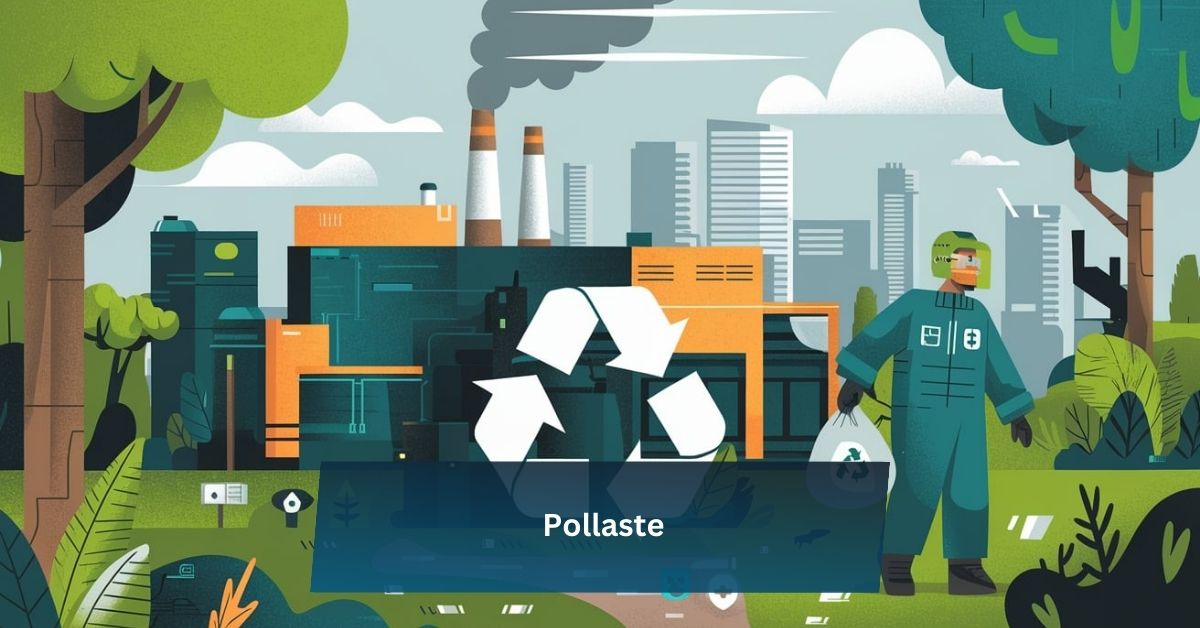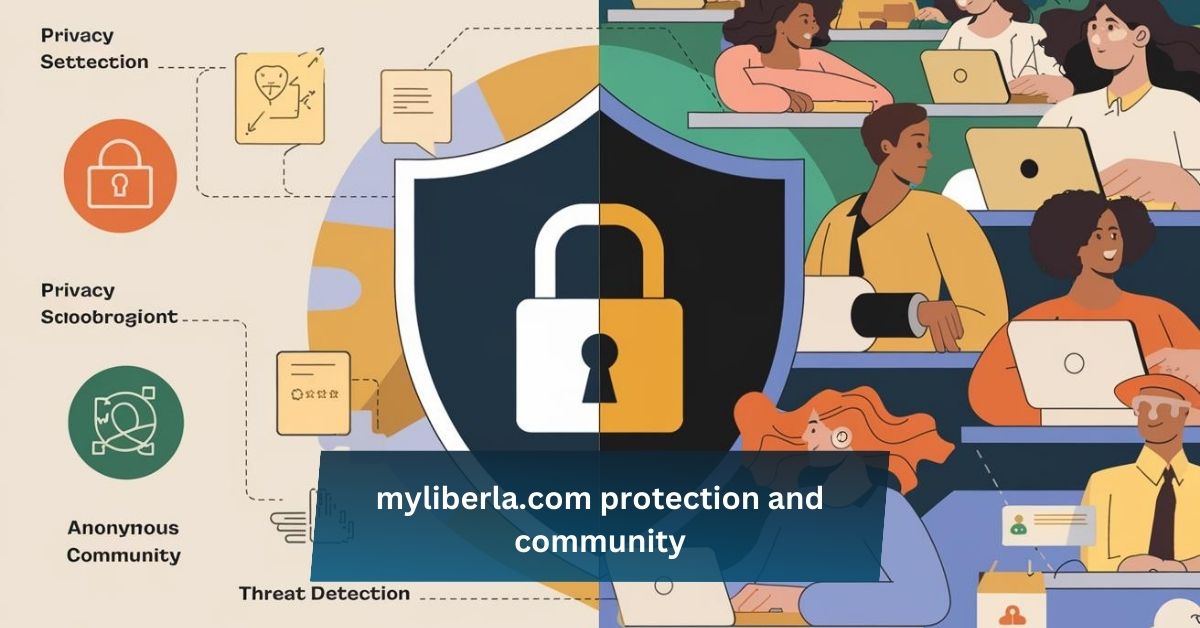Pollaste is a term that has garnered attention in various contexts, particularly in relation to environmental science, technology, and urban development. This article aims to provide a thorough understanding of Pollaste, its implications, and its applications in the real world. We will explore the definition, significance, practical uses, and related topics, ensuring that this guide surpasses existing online resources in quality and readability. The target audience is individuals in the USA, and the content is designed to be easily comprehensible for all readers.
As we move forward, key trends are emerging in the fight against Pollaste. More businesses are adopting circular economy practices to reuse and recycle materials. There’s a growing demand for sustainable packaging, pushing companies to create eco-friendly options. Additionally, smart technologies are improving waste management, making recycling and collection processes more efficient.
What Is Pollaste?
Pollaste refers to a blend of two significant concepts: pollution and waste management. It encapsulates the challenges and solutions related to the increasing amount of waste generated and its effects on the environment. Pollaste is not merely a technical term but a crucial component in discussions surrounding sustainability, urban planning, and ecological preservation.
1. The Significance Of Pollaste
Understanding Pollaste is essential for several reasons:
- Environmental Awareness: With rising pollution levels and the growing impact of waste on ecosystems, awareness of Pollaste helps individuals understand their role in combating these issues.
- Sustainable Practices: By focusing on Pollaste, we can encourage practices that minimize waste production and promote recycling and resource recovery.
- Urban Development: Cities are facing unprecedented growth, leading to increased waste generation. Addressing Pollaste is vital for developing sustainable urban environments.
2. The Components Of Pollaste
To fully grasp the concept of Pollaste, it’s essential to break it down into its key components:
- Pollution: This refers to the introduction of harmful substances into the environment, leading to detrimental effects on air, water, and soil quality. Major pollutants include plastics, chemicals, and industrial waste.
- Waste Management: This involves the processes of collecting, treating, and disposing of waste materials. Effective waste management strategies can significantly reduce the negative impacts of pollution.
3. Historical Context Of Pollaste
The concept of Pollaste is not new. Historically, urban areas have grappled with waste and pollution. The Industrial Revolution marked a significant increase in pollution levels, primarily due to industrial activities and urbanization. The subsequent environmental movements of the 20th century highlighted the need for better waste management and pollution control measures. Understanding this history is critical in analyzing contemporary Pollaste issues.
The Impact Of Pollaste On The Environment
The impact of Pollaste on the environment is significant and multifaceted, affecting air, water, and soil quality. Air pollution from industrial emissions and waste incineration leads to respiratory issues and contributes to climate change, worsening global warming. Water bodies become contaminated with harmful pollutants from runoff and improper waste disposal, threatening aquatic ecosystems and drinking water supplies.
Soil contamination reduces agricultural productivity, posing risks to food safety and biodiversity. Furthermore, communities disproportionately affected by pollution face environmental injustice, with increased healthcare costs and diminished quality of life. Addressing Pollaste is crucial for ensuring public health and preserving ecological balance for future generations.
1. Air Pollution
Air pollution is one of the most pressing issues associated with Pollaste. Emissions from vehicles, factories, and burning waste contribute to poor air quality, which can lead to severe health problems, including respiratory diseases and heart conditions.
2. Water Pollution
Pollution also affects water sources. Contaminants from industrial waste, agricultural runoff, and improperly disposed waste can harm aquatic ecosystems and make water unsafe for consumption. This poses significant health risks to communities relying on these water sources.
3. Soil Contamination
Improper waste disposal can lead to soil contamination, making land uninhabitable and affecting agriculture. Heavy metals and chemicals from waste can leach into the soil, disrupting ecosystems and harming plant and animal life.
4. Biodiversity Loss
Pollaste contributes to the loss of biodiversity. Pollution and habitat destruction from waste can lead to the extinction of various species, disrupting ecosystems and the services they provide.
Strategies To Combat Pollaste
To effectively combat Pollaste, a multi-faceted approach is essential. Waste reduction is key, emphasizing the adoption of a circular economy where products are reused and recycled rather than discarded. Implementing green technologies like waste-to-energy systems can convert trash into renewable energy, minimizing landfill reliance. Public awareness campaigns can educate communities about sustainable practices, encouraging individuals to reduce waste in their daily lives.
Strong government regulations are crucial for enforcing pollution control measures and incentivizing environmentally friendly practices. Lastly, fostering community involvement through local initiatives helps tailor solutions to specific challenges, ensuring collective action towards a cleaner environment.
1. Waste Reduction And Recycling
Promoting waste reduction is critical. Encouraging practices like reusing materials and recycling can significantly decrease the amount of waste generated. Communities can establish recycling programs to facilitate these efforts.
2. Green Technologies
Investing in green technologies can help mitigate the effects of Pollaste. Innovations such as waste-to-energy facilities, biodegradable materials, and pollution control technologies can play a significant role in reducing waste and pollution levels.
3. Public Awareness Campaigns
Education and awareness are essential in combating Pollaste. Public campaigns that inform individuals about the impacts of pollution and waste management can inspire behavioral changes, encouraging more sustainable practices.
4. Policy And Regulation
Governments play a crucial role in addressing Pollaste. Implementing strict environmental regulations and policies aimed at reducing pollution and promoting sustainable waste management is essential for long-term solutions.
5. Community Involvement
Community initiatives can have a significant impact. Local clean-up drives, recycling programs, and educational workshops can empower individuals to take action against Pollaste and contribute to a cleaner environment.
The Role Of Technology In Addressing Pollaste
Technology is a vital player in tackling the challenges associated with Pollaste, offering innovative solutions that enhance waste management and reduce pollution. Waste-to-energy systems convert non-recyclable materials into clean energy, minimizing landfill waste while generating electricity. Biodegradable materials, developed from renewable resources, decompose naturally and lessen the environmental impact of traditional plastics.
Smart waste management systems utilize IoT-enabled bins to optimize collection efficiency, while advanced recycling technologies employ AI and robotics for improved sorting and higher recycling rates. Additionally, pollution monitoring technologies provide real-time data on air and water quality, enabling quick responses to environmental hazards. Overall, these technological advancements play a crucial role in promoting sustainable practices and effectively combatting Pollaste.
1. Smart Waste Management Systems
Smart waste management systems utilize sensors and data analytics to optimize waste collection routes and schedules. This technology can reduce fuel consumption and minimize carbon emissions.
2. Biodegradable Materials
The development of biodegradable materials can help reduce plastic pollution. These materials decompose naturally, reducing the burden on landfills and the environment.
3. Air And Water Purification Technologies
Technologies designed to purify air and water can significantly mitigate the effects of pollution. Air filters and water treatment systems are essential tools in improving public health and environmental quality.
4. Renewable Energy Solutions
Shifting to renewable energy sources reduces reliance on fossil fuels, decreasing air pollution and greenhouse gas emissions. Solar, wind, and hydroelectric power are viable alternatives that contribute to a more sustainable future.
Case Studies: Successful Pollaste Initiatives
Examining successful initiatives can provide insights into effective strategies for addressing Pollaste. Here are a few noteworthy examples:
1. San Francisco’s Zero Waste Goal
San Francisco has set an ambitious goal to achieve zero waste by 2030. The city has implemented comprehensive recycling and composting programs, significantly reducing landfill waste and promoting sustainable practices.
2. The Netherlands’ Circular Economy Approach
The Netherlands is a pioneer in adopting a circular economy model. By focusing on reducing waste, reusing materials, and recycling, the country has made significant strides in minimizing pollution and promoting sustainability.
3. Community Clean-Up Initiatives
Numerous communities across the USA have organized clean-up drives to address local pollution issues. These grassroots efforts not only beautify neighborhoods but also raise awareness about the importance of waste management and pollution prevention.
Future of Pollaste – Trends and Predictions
As we look ahead, several trends are emerging in the fight against Pollaste, reflecting a growing commitment to sustainability. One significant trend is the increased adoption of circular economy principles, where businesses focus on reusing and recycling materials instead of following a linear “make-use-dispose” model.
There’s also a rising demand for sustainable packaging, leading companies to explore biodegradable and compostable alternatives to traditional plastics. Additionally, advancements in waste management technologies, such as IoT and AI, are enhancing the efficiency of waste collection and recycling processes. These trends signal a collective movement towards more environmentally responsible practices that aim to reduce pollution and waste significantly.
1. Increased Emphasis On Sustainability
Sustainability will continue to be a driving force in addressing Pollaste. Businesses and individuals will increasingly prioritize eco-friendly practices, leading to reduced waste generation and improved pollution management.
2. Advancements In Green Technology
The development of new green technologies will play a crucial role in combating Pollaste. Innovations in waste management, energy efficiency, and pollution control will provide effective solutions to ongoing challenges.
3. Policy Changes And Global Cooperation
International cooperation and policy changes will become essential in addressing pollution and waste management on a global scale. Collaborative efforts will help share knowledge and resources, fostering a more sustainable future.
FAQ’s
1. What Is The Main Cause Of Pollaste?
Pollaste is primarily caused by a combination of pollution and ineffective waste management practices. Industrial activities, urbanization, and consumer behavior contribute significantly to the problem.
2. How Can Individuals Reduce Their Impact On Pollaste?
Individuals can reduce their impact by adopting sustainable practices such as recycling, reducing waste, using eco-friendly products, and participating in community clean-up initiatives.
3. What Are Some Examples Of Pollution?
Examples of pollution include air pollution from vehicle emissions, water pollution from industrial waste, and soil contamination from hazardous materials.
4. Why Is It Important To Address Pollaste?
Addressing Pollaste is crucial for protecting the environment, promoting public health, and ensuring a sustainable future for generations to come.
5. What Role Do Governments Play In Combating Pollaste?
Governments play a significant role in implementing regulations, promoting sustainable practices, and investing in infrastructure to manage waste and reduce pollution effectively.
Conclusion:
Pollaste is a pressing issue that requires collective action and innovative solutions. By understanding its implications and exploring effective strategies, individuals and communities can contribute to a cleaner and healthier environment. As we move forward, embracing sustainability and technology will be key to overcoming the challenges posed by Pollaste. Together, we can make a significant impact in creating a sustainable future for all.












Leave a Reply